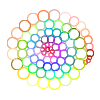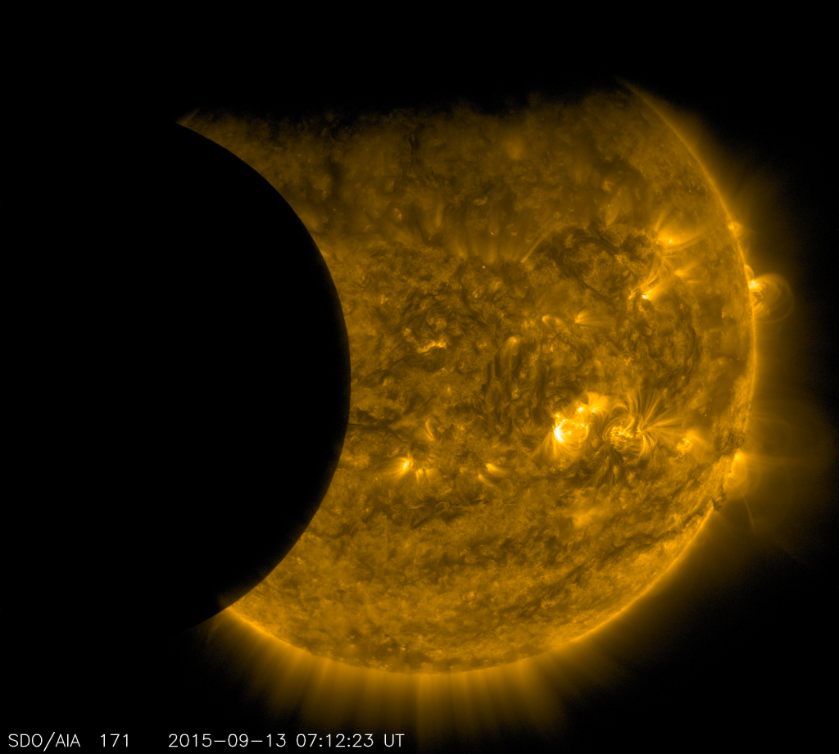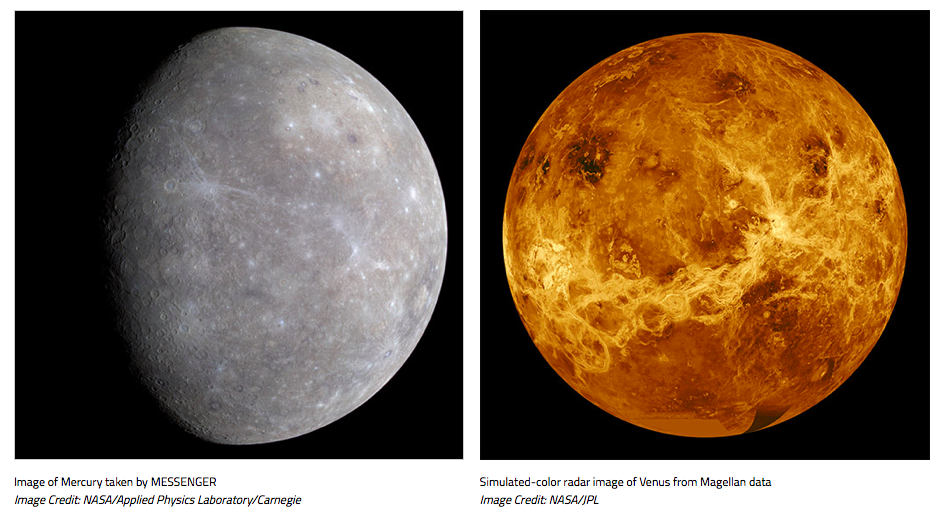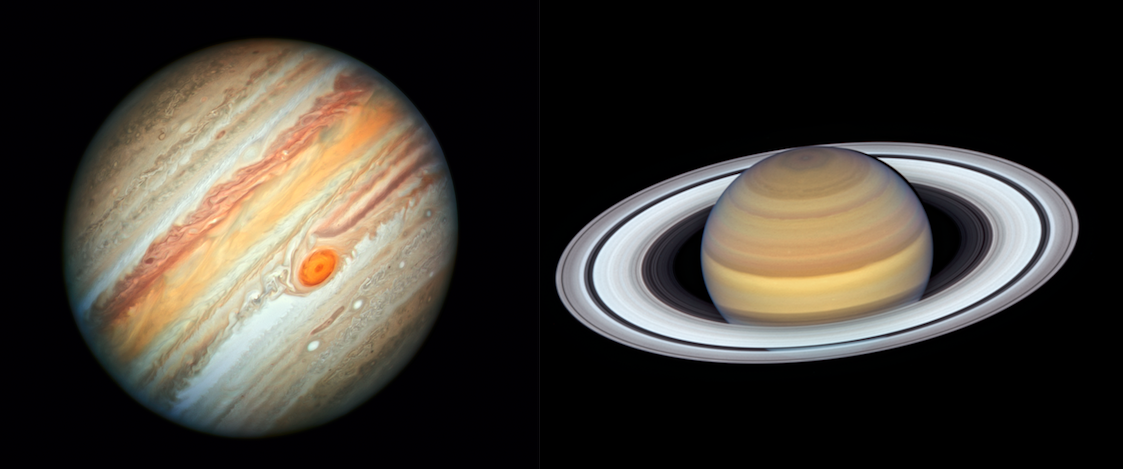This is the final article in a series exploring correlations between the physical properties of celestial bodies and their astrological significations. This post focuses on the ice giants, Uranus and Neptune.
Uranus and Neptune are ice giants. They have a small rocky core, but they do not have a surface. Instead, hydrogen, helium, methane, ammonia and other materials swirl together in a dense fluid, being whipped around by very strong winds. Uranus and Neptune both rotate faster than Earth despite their large size. One day on Uranus is 17 hours, one day on Neptune is 16 hours. Uranus and Neptune both have moons and ring systems.
The environment of Uranus and Neptune sounds very formidable and difficult to deal with. In a similar way, some fear transits of these unfamiliar slow moving planets. The orbit of Uranus is 84 years. The orbit of Neptune is 165 years. As astrologers analyze the cycles of Uranus and Neptune, they are working on a scale of world events and societal changes. These planets can be analyzed in the charts of an individual, but they may not resonate unless they are connected to more personal parts of the chart.
Uranus has astrological significations of being unconventional, so it is interesting that it has such an unusual rotation. The equator of Uranus is tilted 97.77 degrees from its orbit, so Uranus appears to be rolling around the Sun like a ball. Due to this extreme tilt, the seasons of Uranus’ 84 year orbit are very extreme. Each pole experiences a 21 year summer as the Sun shines directly onto it. During this time, the pole experiences 21 years of day. At the other side of Uranus, there is a 21 year winter of darkness. In the 21 years of spring and of fall, there is day and night.
I think this correlates with the way that the impulses of Uranus can feel extreme. Uranus is associated with revolutions and rebellions. Uranus is electricity and other world changing innovations. It can carry you forward or leave you behind.
The tilt of Neptune is close to the same degree of Earth, so Neptune experiences seasons like ours. Since Neptune takes 165 years to orbit the Sun, these seasons last more than 40 years.
Uranus is less dense than Neptune, but its diameter is slightly larger. Uranus is also colder than Neptune in some places even though Neptune is farther away. Uranus is just not what you would expect.
Uranus and Neptune both have magnetic fields that are not lined up with their rotation. The magnetic field of Uranus is tilted nearly 60 degrees from the axis of rotation and it is also offset from the center of the planet. The main axis of Neptune’s magnetic field is tilted approximately 47 degrees from the axis of rotation. Because of this, the magnetosphere of each planet undergoes wild variations during each rotation. For example, Uranus’ magnetic lines twist into a large corkscrew shape.
I think this is interesting because both planets have powerful influences that challenge our usual pattern. It may feel slow and even subtle, but there are actually a lot of waves and ripples. When we’re in the grip of a wave, it can help to step out of the turmoil to take the long view, to appreciate the larger cycle and the energies that are always around us.
References:
NASA Uranus Overview
NASA Uranus In Depth
NASA Neptune Overview
NASA Neptune In Depth




